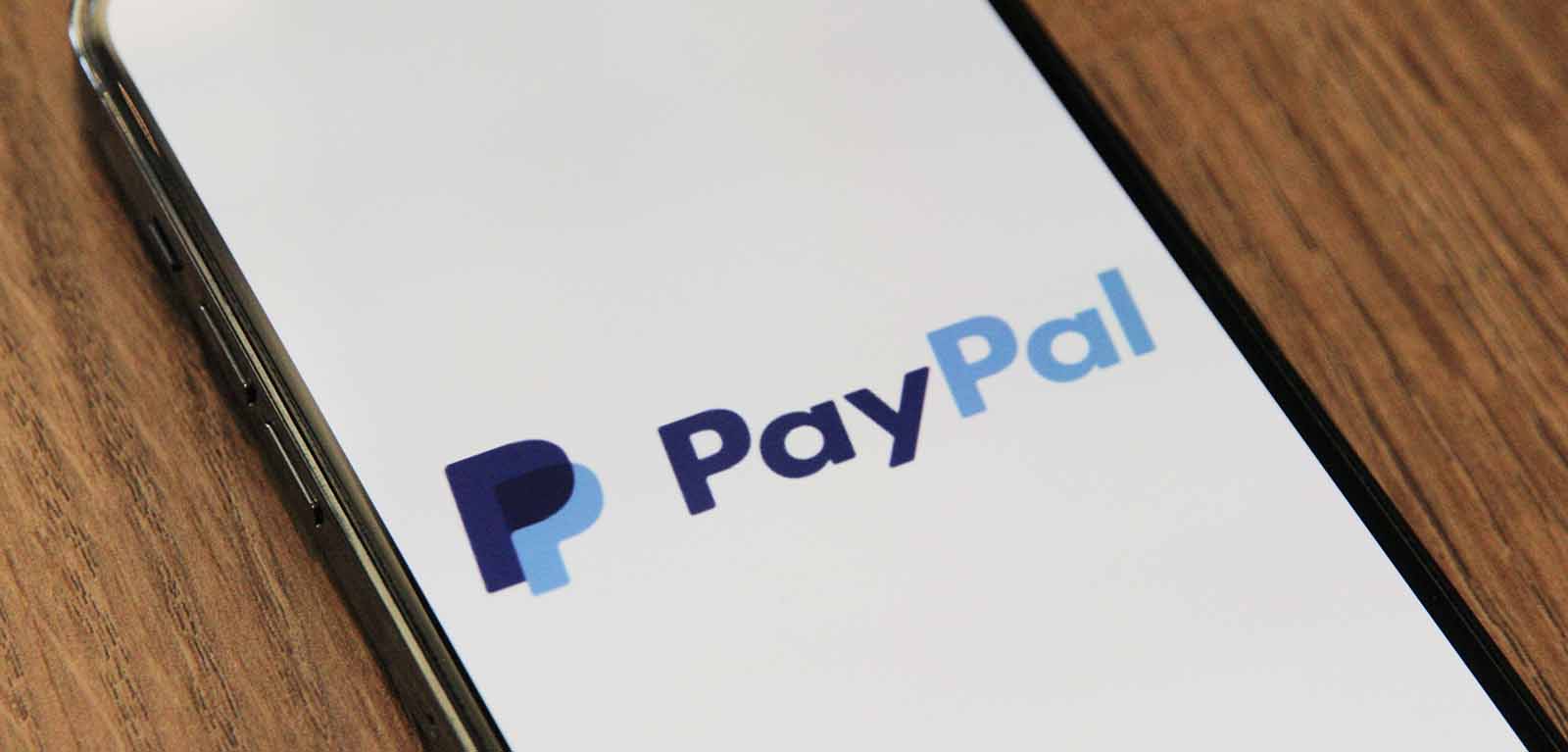Is your payment provider costing your charity money?
The simple answer is yes. Yes, it is. But there’s a lot more to the question than meets the eye. Payment providers are on your website to take credit details and process transactions. If you’re unfamiliar with the idea, you've undoubtedly seen them around—PayPal, Worldpay, Opayo (formerly Sage Pay), Stripe, Square, GoCardless. They all offer a similar service to your charity, but the cost can vary wildly without you realising.
What are the fees?
Is there a monthly charge? Is it possible to pay by the month? Some payment providers, such as Opayo, have a monthly fee. The advantage is that you're paying a relatively predictable sum. If you know you'll take £20,000 in one month, £45 per month may appear like small fry. However, if you process only a few transactions per month, it will probably be more expensive than it is worth. Other payment providers just charge a per-transaction fee, so if you don't receive many donations in March, the month won't be any drier than it needs to be.

Is it offering you a charity discount?
You're a charity, so why not take advantage of the situation when you can? Some payment providers will waive their monthly fee for non-profits, while others charge a reduced per-transaction cost. 1% compared to 2.5% per transaction is significant if you take thousands of payments every day.
Is it taking too much too often?
The percentage per transaction is significant, but so is the fixed amount sometimes taken. 1.5% + 20p may be a good deal, but it isn't always the case. Especially if you get a lot of little payments. You need to manage your payment providers so that they don't take too big a slice of the pie each time. You will be pleased once you understand how to calculate it. You may save your organisation a lot of money.
Is it putting people off?
Visitors to your website must trust what they are giving their credit card information to. Many firms, such as Worldpay, are widely recognised enough that regular internet users will accept them as legitimate sources of payment. Others, such as Stripe, can be more easily integrated into your website and branded, making it appear to be a part of your charity. Some payment providers require users to be redirected to their third party website which can appear disjointed and cause distrust. It doesn’t cost your charity directly, but it could dissuade some users from carrying out a transaction.

Can it handle the transactions you’re expecting?
If you're expecting recurring payments, such as monthly donations, you'll need a payment provider that supports them. And ideally it should be able to update credit card details automatically so that an expired card doesn't result in a denied donation. If you expect payments in various currencies, you'll want a payment provider with a low currency conversion fee. Worldpay or Square is probably your friend there. Their merchant accounts accept over 120 currencies at a low cost.
As a side note, it’s worth checking that your provider doesn’t require you to collect card details on your own account. If you do, you will need to jump through higher hoops of PCI compliance that check you’re storing data correctly. And it costs.

Is there an obvious choice?
Stripe appears to be a good fit for charities in general. It has no monthly fees, accepts recurring payments and refunds, is simple to brand, and offers strong fraud prevention. Furthermore, it's slick. It has a helpful control panel, enabling you to find out why a payment failed if one occurs and appears attractive on a website. For us, it ticks all the boxes. They're a firm that recognised the state of payment providers and asked how they could improve them. That is precisely what they've done.
If you have any questions, please don't hesitate to contact us.
Was this article useful?
Please pass it on












